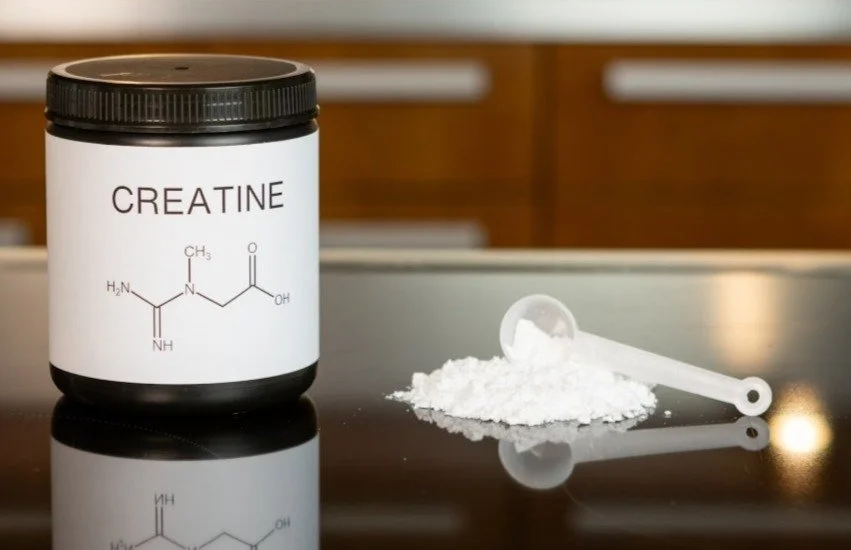How to Prepare Your Furnace Filter for Winter)
It's essential to prepare your heating system for the chilly months as winter draws near. The filter is an essential component of your furnace. For your furnace to characteristic properly and preserve your private home heat and the air easy, the clearout needs to be smooth and purposeful. This post will show you how to get your furnace filter ready for winter, emphasizing the value of keeping it clean and selecting the appropriate size, particularly for 14x20x1 furnace filters.
The significance of furnace filters
Furnace filters are crucial for keeping a healthy home air quality and an effective heating system. Among the issues that a filthy furnace filter could bring about are:
Lower Efficiency: It will take more effort for your furnace to force air through blocked filters. As a result, your furnace may last less time, and your energy costs may increase.
Poor Air Quality: The inability of a filthy filter to capture dust, allergies, and other toxins allows them to multiply around your house. As a result, allergies and respiratory issues may develop.
Increased Risk of Breakdowns: Your furnace may also break down on extra occasions and require steeply priced maintenance if it has to paintings more difficult.
Prepare your furnace filter out earlier than ice arrives to prevent these issues.
Steps to Prepare Your Furnace Filter for Winter
1. Choose the Right Filter Size
You must first determine the furnace filter's size. Furnace filters 14x20x1 are a popular option for many houses. Check the existing filter or consult your furnace's user handbook if you're not sure of the size. Selecting the appropriate size is essential for effective filtering and airflow.
2. Check the filter type.
Different types of furnace filters have varying levels of efficiency. A few typical kinds are as follows:
Fiberglass Filters: These are simple and affordable. They do more to safeguard the furnace than to enhance the quality of the air.
Pleated filters: Made of cotton or polyester, these filters are more effective in capturing particles than fiberglass filters.
HEPA Filters: These high-efficiency filters are perfect for allergy sufferers since they can capture 99.97% of particles, but they may need a stronger furnace to function correctly.
You may choose more wisely if you know what kind of filter you require.
3. Inspect the current filter.
Checking the filter that is currently in place is a good idea if it has been a while since you last changed it. Hold it up to the light after removing it. You should get a new one if the dirt and filth are making it difficult to see through. It's a good idea to change it every few months throughout the winter, even if it appears OK. Your furnace's performance might be significantly impacted by a filthy furnace filter.
4. Replace the filter.
When the time comes, make sure you have the correct size and kind of filter. Do these easy steps:
Turn Off the Furnace: To be safe, always off the furnace's electricity before beginning any repairs.
Remove the old filter: Gently slide the filthy filter out. There may have been allergies and dust accumulated on it.
Put the New Filter: Insert your new filter into the slot, such as a 14x20x1 furnace filter. The direction of the airflow is typically indicated by an arrow on the filter frame, so make sure it fits properly and is facing the correct way.
Restart the furnace: After installing the new filter, turn on your furnace again.
5. Set a regular maintenance schedule.
Establish a routine for filter maintenance to keep your furnace operating efficiently throughout the winter. Here are some pointers:
Monthly Checks: During the winter months, when the furnace is used extensively, check your filter once a month. Replace it as soon as possible if it appears to be filthy.
Set Reminders: To remember when to check or replace your filter, use a calendar or a smartphone app.
Expert Maintenance: Take into account making an appointment for a yearly inspection with an expert. They are able to clean certain elements of your furnace and identify any problems before they become serious ones.
6. Think About Upgrading to a Better Filter
Consider switching to better-quality choices, such as pleated or HEPA filters, if you're currently utilizing basic filters. Even though they can be more expensive up front, they can help increase furnace efficiency and indoor air quality, which can ultimately save you money on maintenance and energy costs.
7. Consider Your Environment
How frequently you need to change your furnace filter depends on your home's conditions. Among these are:
Pets: The fur and dander of your pets may easily block filters. Changing your filters more frequently can be necessary.
Location: More regular filter replacements may be necessary for homes in dusty or heavily trafficked locations.
Allergies: Using high-quality filters can help improve indoor air quality if any members of your household suffer from allergies.
Conclusion
Maintaining the effectiveness of your heating system and maintaining healthy indoor air quality during the winter requires that you prepare your furnace filter. You can help your furnace function smoothly all winter long by making sure your filters are clean, testing and replacing them regularly, and selecting the correct size, such as furnace filters 14x20x1. Do not forget that a Clogged furnace filter might cause health concerns and increased energy expenses. Your home will remain warm and comfortable throughout the winter if you take care of your furnace.







